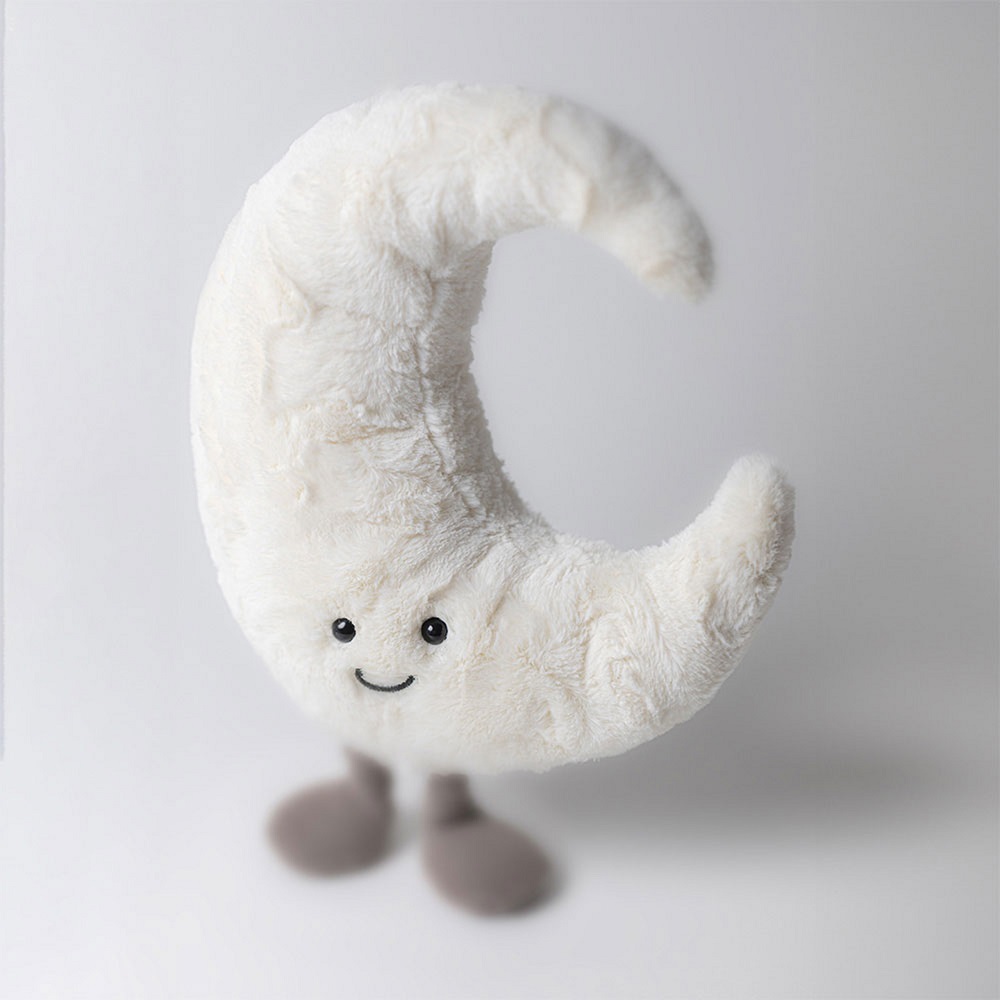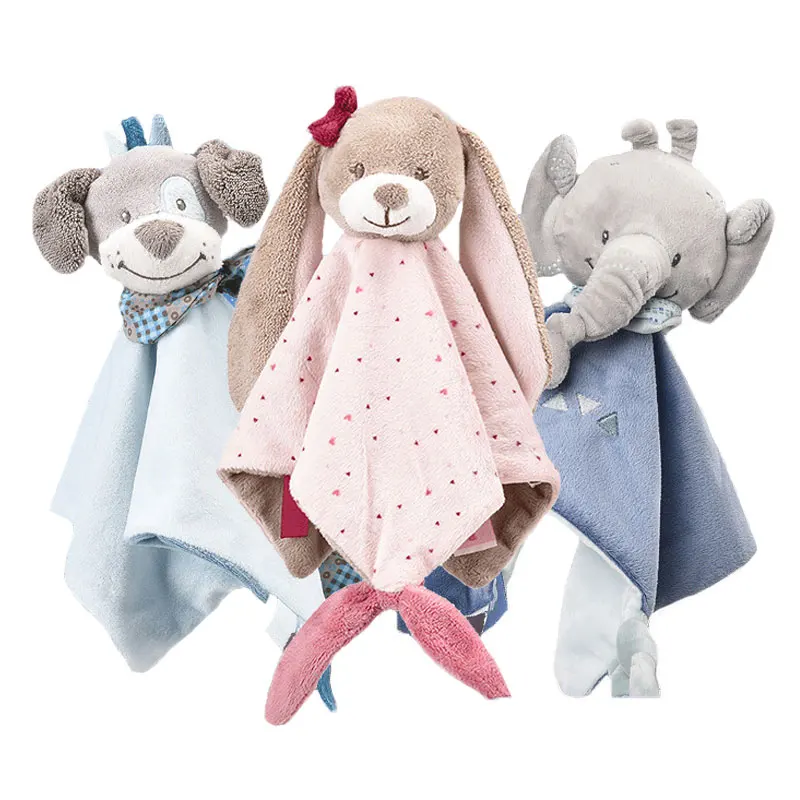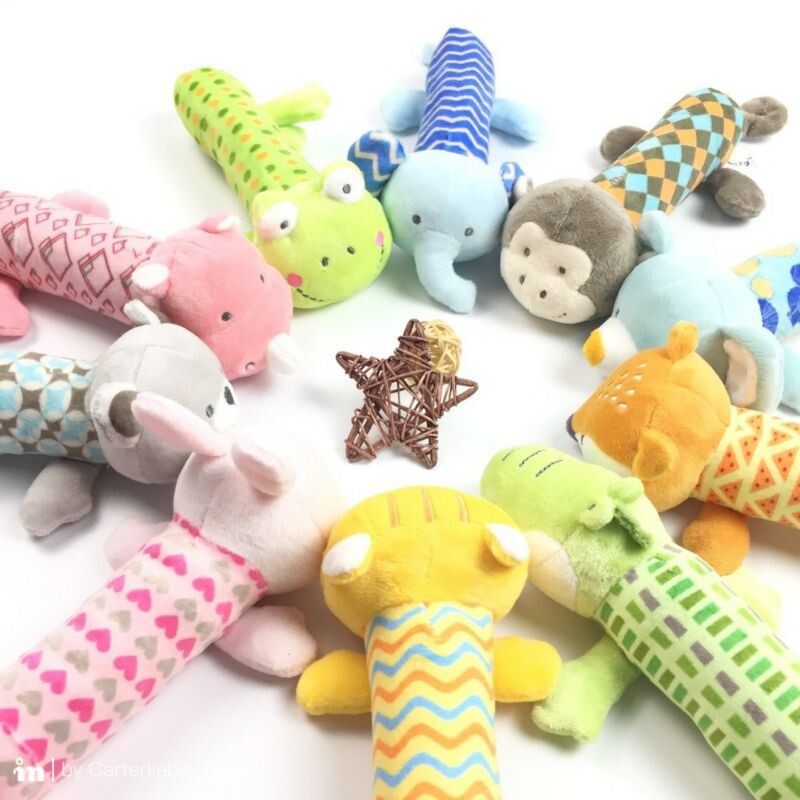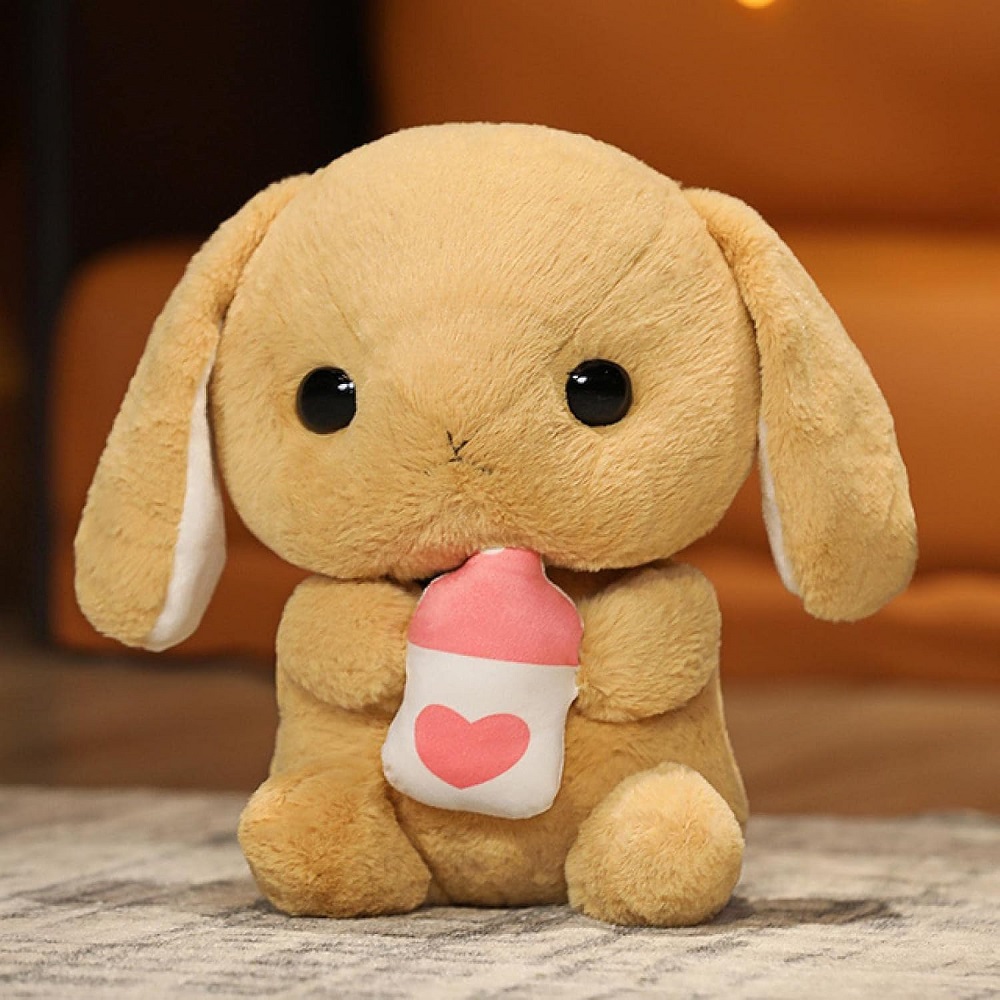Importance of Soft Toys for Babies
Soft toys play a vital role in a baby’s growth and happiness. They provide comfort, entertainment, and developmental benefits for growing babies. These baby soft toys are often a baby’s first companion, helping them explore the world around them.
Benefits of Soft Toys in Early Development
Soft toys can stimulate a baby’s senses and motor skills. Their colors, textures, and designs encourage exploration. Babies can practice grasping, squeezing, and holding them, enhancing fine motor skills. These toys also promote creativity and imagination as babies engage in pretend play.
Early interaction with soft toys helps in cognitive development. Babies learn cause and effect when toys make sounds or move. These toys also provide emotional security, creating a safe space for learning and growth. Parents can use them for interactive activities to strengthen the baby’s curiosity.
Emotional Comfort and Bonding
Soft toys often become a baby’s source of comfort and emotional attachment. When feeling lonely or upset, babies find solace in hugging them. They serve as familiar objects, reducing anxiety in new or unfamiliar situations.
Through these emotional bonds, babies develop trust and reassurance. Parents can also use soft toys to engage children, building lasting bonds. As babies grow, the connection with their favorite toy often becomes a cherished memory.

Key Features of Safe Baby Soft Toys
When choosing baby soft toys, safety must come first. Babies explore the world by touching, squeezing, and sometimes chewing on their toys. Ensuring that toys meet safety standards protects babies from potential harm. Here are some key features every safe baby soft toy should have:
Non-Toxic Materials
Safe baby soft toys must be made from non-toxic materials. Babies often put toys in their mouths, so the fabric, stuffing, and dyes used in toys should be free from harmful chemicals. Look for toys made with organic cotton or hypoallergenic fabrics. Certification labels like “OEKO-TEX” or “GOTS” indicate that materials are tested for safety.
Proper Size and Shape
Toys should not be too small or have sharp edges. A safe toy should be large enough that it can’t be swallowed. Rounded corners and soft edges are essential to avoid injuries. Ensure the design doesn’t have points or protrusions that could hurt the baby.
Avoiding Choking Hazards
Check for parts like buttons, beads, or eyes that could detach. Such small components pose a choking risk for babies. To be safe, choose toys with embroidered or stitched-on details. This prevents pieces from coming loose during play. Additionally, ensure seams are strong, so stuffing doesn’t leak out.
By focusing on these features, parents can confidently select baby soft toys that ensure both fun and safety.

Types of Soft Toys for Babies
Babies love soft toys for their comfort and playfulness. They are safe and gentle for little ones. Choosing the right type of soft toys ensures both fun and development. Below are popular categories for baby soft toys.
Plush Animals
Plush animals are timeless favorites for babies. These toys often resemble animals like bears, rabbits, or elephants. They are soft, cuddly, and offer a sense of companionship. Plush animals can help babies learn about animals through playful interaction. Ensure they are made from safe materials and do not have choking hazards. Many parents choose hypoallergenic plush options for extra safety.
Soft Dolls
Soft dolls are another wonderful option for babies. These toys are often designed with embroidered details for safety. Babies can practice hugging, holding, and caring for soft dolls, building emotional connections. Soft dolls encourage imaginative play as children pretend to feed, dress, or cuddle them. They are a great toy for nurturing social and emotional skills.
Activity and Sensory Toys
Activity and sensory toys combine play with learning. These toys are designed with textures, sounds, or movable parts. Vibrant colors and patterns capture a baby’s interest and develop sensory skills. Some have crinkly fabric, squeakers, or rattles to engage babies further. These toys encourage exploration and stimulate cognitive development. Parents should choose activity toys made from safe, non-toxic materials for infants.

Tips for Choosing Soft Toys for Infants
Selecting the right baby soft toys is crucial for safety and development. Here are some important tips to guide parents.
Age-Appropriate Selection
Choose toys suitable for your baby’s age and developmental stage. Infant toys should be simple and soft. Look for labels indicating the appropriate age range. Avoid toys with small, detachable parts for young babies. As your baby grows, opt for toys that encourage new skills. Activity toys can stimulate learning and exploration.
Checking for Safety Certifications
Always check for safety certifications before purchasing baby soft toys. Look for labels like “ASTM”, “CE”, or “CPSIA-compliant.” These certifications confirm the toy meets child safety standards. Be cautious with unbranded or uncertified toys. Certification ensures materials are non-toxic and free from harmful chemicals.
Washable and Durable Options
Choose soft toys that are washable to maintain hygiene. Babies often chew, drool, or spill on their toys. Machine-washable options make cleaning easier. Ensure the toy’s fabric and stitching are durable to withstand regular washing. High-quality toys stay safe even after frequent use. Wash toys regularly to keep them germ-free and baby-safe.
Maintenance and Care of Baby Soft Toys
Proper maintenance of baby soft toys ensures they are safe and hygienic for your little one. Babies frequently interact with their toys, often chewing, drooling, or spilling on them. Careful handling and cleaning can prevent germs and protect your baby’s health.
Cleaning and Hygiene Tips
- Regular Washing: Wash soft toys regularly to remove dust, dirt, and bacteria. Babies often put toys in their mouths, so cleanliness is crucial.
- Machine-Washable Toys: Choose toys that are marked machine-washable to make cleaning easier and efficient. Use gentle detergents without harsh chemicals.
- Spot Cleaning: For toys that aren’t fully washable, use a wet cloth and mild soap to spot clean. Avoid soaking them.
- Drying Properly: Ensure toys are completely dry after cleaning to prevent mold. Use air drying or low-heat tumble drying.
- Sanitizing Methods: Consider sanitizing toys occasionally using baby-safe sprays or cleaning solutions for extra safety.
By following these cleaning tips, you can keep baby soft toys germ-free and ready for safe play.

Inspecting for Wear and Tear
- Check Seams Regularly: Inspect toy seams to ensure they are intact. Loose seams can expose stuffing, causing choking hazards.
- Examine for Damages: Look for holes, tears, or frayed fabrics. Damaged toys can become unsafe for babies to use.
- Monitor Stitched Features: Ensure stitched components like eyes or noses remain secure. Loose stitches can pose risks.
- Replace Worn Out Toys: Retire toys showing too much wear. Use high-quality toys that can withstand frequent handling.
- Test for Loose Fillings: Check stuffing and fillings periodically. Make sure nothing is leaking out of the toy.
Inspecting toys proactively ensures they stay functional and safe, avoiding unnecessary risks to your baby.
Risks and Precautions
Safety is essential when selecting baby soft toys. Parents must prioritize their baby’s health and well-being. Understanding potential risks ensures toys are safe for play and development.
Avoiding Allergenic Materials
Allergenic materials can irritate a baby’s skin or respiratory system. Choose hypoallergenic fabrics like organic cotton. Avoid toys with harsh dyes, synthetic fibers, or chemical treatments. Check for labels like “non-toxic” or “OEKO-TEX” certification. Babies often chew on toys, making safe materials even more crucial.
Sensitive babies require extra care to prevent allergies from harmful fabrics or fillings. Inspect the toy for any strong chemical smells before use. Always read product labels carefully to confirm suitability for infants.
Recognizing Unsafe Designs or Components
Unsafe designs or components can harm your baby. Avoid toys with sharp edges or protruding parts. Check for small detachable components like buttons, beads, or eyes. These pose choking hazards if swallowed.
Opt for toys with stitched details instead of glued or attached decorations. Ensure seams and stitching are durable and intact. Weak seams can expose fillings, risking ingestion or choking.
Careful inspection of toy designs prevents accidents that could harm your baby. Ensure toys remain safe for frequent handling and play.

Recommended Brands for Soft Toys
Choosing the right brand ensures quality, safety, and value for baby soft toys. Different brands provide unique features, so parents can find options that match their needs. Here are some trusted recommendations for safe and high-quality baby soft toys.
Popular Brands Known for Safety and Quality
- Fisher-Price: Famous for safe and innovative baby products, including soft toys. The brand ensures non-toxic materials and durable designs.
- GUND: Renowned for plush toys with soft materials and embroidered details. Their toys are gentle and safe for babies.
- Jellycat: Offers charming soft toys made from premium fabrics. Their designs are safe, durable, and appeal to babies.
- Lamaze: Specializes in sensory and developmental toys that promote learning while ensuring safety.
- Aurora World: Known for its eco-friendly soft toys using natural fillings and child-safe features.
Parents trust these brands for quality craftsmanship and adherence to safety standards, ensuring enjoyment and security.
Budget-Friendly Options
- Bright Starts: Provides affordable soft toys that prioritize safety and developmental benefits for babies.
- Little Tikes: Known for producing durable and economical baby toys, including soft play options.
- Infantino: Combines budget-friendly pricing with high-quality materials, offering safe and fun soft toys.
- Cloud b: Features soft toys and comfort items at reasonable prices, perfect for newborns and infants.
- Mary Meyer: Offers value-for-money plush toys with hypoallergenic fabrics and classic designs.
Choosing budget-friendly brands doesn’t mean compromising on safety. These options ensure affordability while prioritizing your baby’s well-being and entertainment needs.
Establishing a Safe Play Environment
Once you have selected the perfect soft toys for your baby, establishing a safe play environment is vital for enhancing their overall experience. Ensuring that the area is free of hazards will provide peace of mind for parents and caregivers.
Designated Play Area
Creating a designated play area for your baby can help organize toys and minimize safety risks. Choose a safe, clean space in your home, ideally with a soft surface to cushion any potential falls. Use play mats or soft rugs to provide a comfortable surface for your baby to explore. Keep the area tidy by regularly organizing toys, making it easier for caregivers to supervise playtime. A dedicated play area encourages infants to explore freely while ensuring they remain safe and secure.
Limit Small Objects in the Area
When babies reach the stage of exploration, it’s essential to limit small or hazardous objects in their play area. Objects like coins, small toys, or common household items can pose choking hazards. Conduct routine checks to ensure that the space is free from any dangerous items. Childproofing your home can also provide an extra layer of safety. Use safety gates, outlet covers, and cabinet locks to create a baby-friendly environment.
Encourage Supervised Play
Supervised play is crucial during the early years to ensure safety. Always keep an eye on your baby while they explore their toys. This will allow you to step in if they encounter any issues or if toys require assistance. Encouraging your toddler to play with friends under supervision also promotes social interaction while ensuring safety. Supervised playtime fosters a sense of security and confidence, allowing babies to engage in active exploration.
Keeping Toys Engaging Over Time
As your child grows, their interests and play preferences will evolve. It’s vital to adapt the toy collection continually to keep it engaging for your child.
Rotating Toys
One effective way to maintain interest is through rotating toys. Rather than allowing all toys to be accessible at all times, consider putting some away for a period. After a few weeks, switch the toys around and reintroduce them. This strategy keeps playtime fresh and exciting, as children often greet familiar toys with new enthusiasm. Rotating toys encourages creativity and exploration while fostering a diverse range of play experiences.
Introducing New Toys Thoughtfully
When introducing new soft toys, pay attention to your baby’s preferences and developmental stage. Opt for toys that align with their current interests while challenging them to explore new concepts. Consider asking your toddler what they enjoy or if they have specific themes in mind, such as animals or vehicles. Engaging them in the selection of new toys promotes ownership and excitement in their play experience. Moreover, thoughtfully expanding their collection encourages growth and imagination.
Encourage open-ended Play
Encouraging open-ended play with baby soft toys allows toddlers to explore their creativity. Instead of assigning specific roles or scenarios, let children use their imagination to create their own stories. This freedom fosters independence and imaginative thinking. For instance, a simple plush animal can become a cherished friend, a character in a story, or part of a larger adventure. Providing opportunities for open-ended play not only allows children to express themselves but also helps develop cognitive skills and social interactions.
